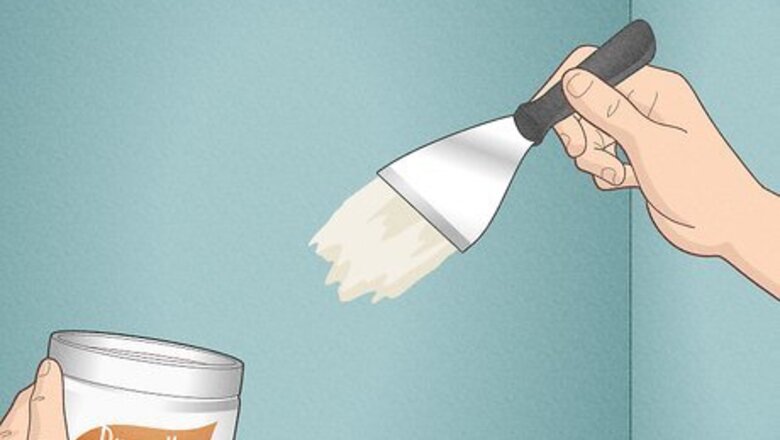
views
- Fix small wall dents with drywall mud and a plaster grid.
- For large dents, use a drywall patch kit.
- Use 100-grit sandpaper to smooth the repair before painting over it.
Small Dents
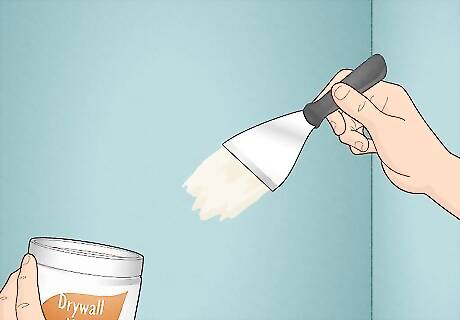
Smooth on drywall mud with a putty knife. Pick up a tub of drywall mud and grab a putty knife from the hardware store. Scoop up a small glob of drywall mud, then use your putty knife to spread it over the dent. You don’t need a ton of drywall mud—just add a thin layer to cover the dent completely. This method works best for small dents that are ⁄2 in (1.3 cm) across or less.
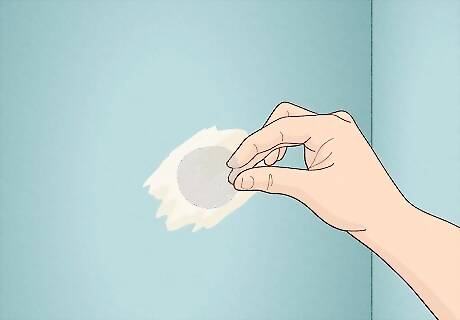
Apply a plaster grid for reinforcement. Buy a sheet of plaster grid and cut out a small square, just large enough to cover the dent. While the drywall mud is still wet, stick the plaster grid onto the wall to cover and reinforce the dent. Using a plaster grid is optional, but it will help reinforce your wall and prevent new damage in the future.
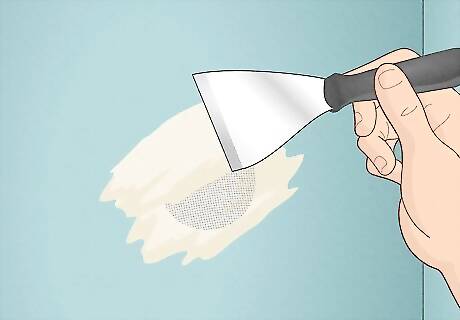
Cover the plaster grid with more drywall mud. Grab your putty knife again and add more drywall mud in a thin layer over the grid. Add just enough so you can’t see the plaster grid anymore, and use your putty knife to smooth out any lumps in the mud.
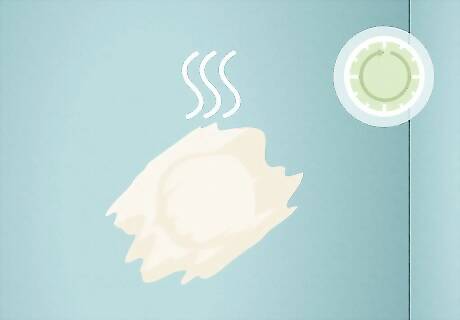
Wait for the putty to dry. Drywall mud usually takes about 24 hours to dry. It’s important to let the drywall mud cure completely; otherwise, your next steps could damage your wall even further. To speed up the drying process, point a fan at the wall overnight.
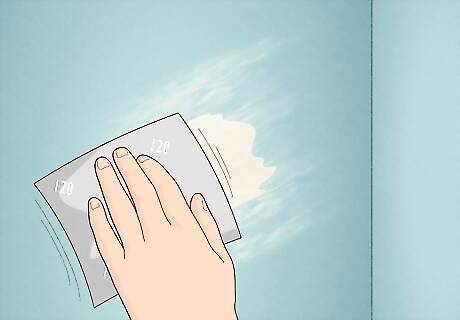
Sand the putty until it’s flush with the wall. Before you start sanding, put on an N95 mask to avoid breathing in any drywall dust. Grab a sheet of 100- or 120-grit sandpaper, then sand the drywall mud until it’s flush with the wall. Take your time, and make sure the wall is really smooth before you move on. If you want to ensure that your patch job isn’t noticeable at all, you can add another layer of drywall mud after the first round of sanding. Let it dry for 24 hours, then do a final round of sanding again to smooth it all out.
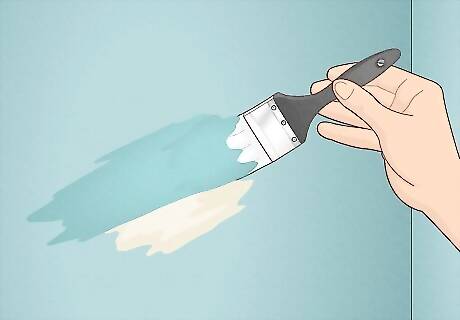
Paint the wall to match the color. Pick up a bucket of paint that matches your wall color. Use a paint brush or a roller to paint the entire area so it looks seamless and smooth. Once the paint dries, you won’t be able to see your patch job anymore! If you aren’t sure what the exact color of your wall is, chip off a small sliver of paint and take it to a hardware store. They’ll be able to match the paint color precisely so you don’t have to guess. If your wall is textured, pick up a can of wall texture spray and spray it over the patched area before you add paint.
Large Dents
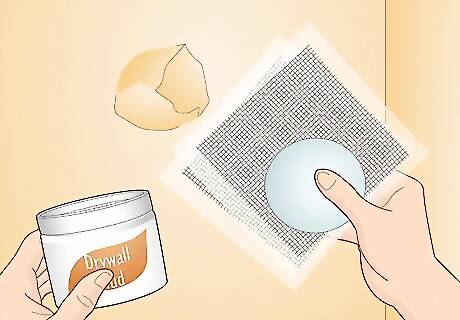
Buy a drywall patch kit from the hardware store. Most kits come with a stencil and a drywall patch that you can cut to match the size of your exact dent. You can find these in the drywall section at your local hardware store, or you can search online. Some of them also come with drywall mud and a putty knife, but if yours doesn’t, be sure to pick those things up at the store before you start. Large dents are any dents that are wider than ⁄2 in (1.3 cm) across.
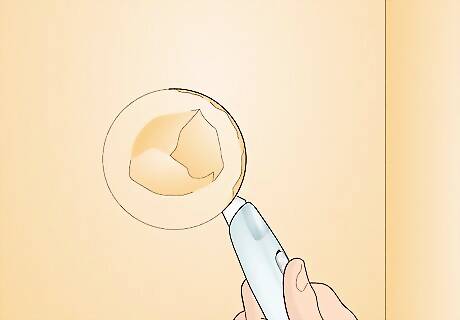
Use the stencil to cut a hole around the dent. Grab your drywall patch stencil and use a pencil to draw a circle around the dent. Cut the drywall with a box cutter to remove the dent from the wall. Then, pry the cut circle of drywall off of your wall and throw it away. If your drywall patch kit didn’t come with a stencil, that’s okay! Just cut a circle around the dent with a box cutter. You’ll be able to modify the drywall patch if you need to.
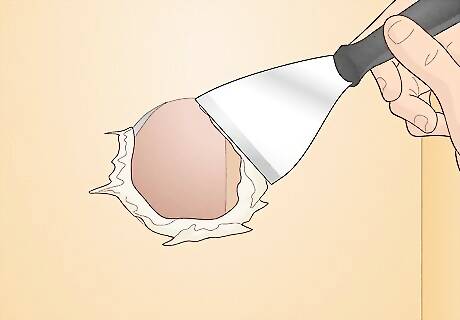
Spread drywall mud around the inside of the circle. Grab a putty knife and scoop up a thick glob of drywall mud. Spread the mud all over the perimeter of the circle, smoothing it out onto the wall about 2 in (5.1 cm) in all directions. It’s okay if you get a little bit of mud on the inside of the drywall, too. The drywall mud here acts as an anchor to hold your drywall patch in place.

Attach the patch to the wall with more drywall mud. Grab your drywall patch and place it over the hole in the wall. Scoop up more drywall mud, then add a thin layer over the entire drywall patch. Smooth the mud out from the patch about 2 in (5.1 cm) to really anchor it on. If you need to cut your patch, do that with scissors first before putting it on the wall. Cut a circle that’s about 2 in (5.1 cm) larger than the hole in your wall. To prevent the patch from falling back into the wall, avoid pressing too hard directly on the center of the circle. Focus on smoothing the drywall mud out over the edges of the patch and onto the wall around it.
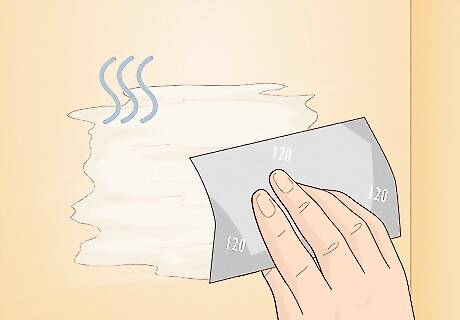
Wait for the area to dry, then sand the wall. Drywall mud usually takes about 24 hours to dry. Once the area is completely dry, use 100- or 120-grit sandpaper to completely sand the entire area until it’s smooth. Wear an N95 mask when you sand drywall, as the dust isn’t great for your lungs. Sanding the wall is the longest part of this entire process. Sanding by hand can take up to 30 minutes.
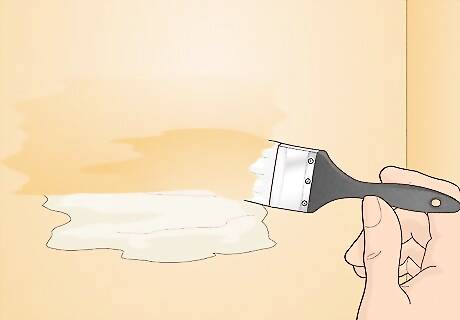
Paint the wall to match the color. Pick up a gallon of paint that matches your wall color exactly. Use a paint brush or a paint roller to cover up the patched area, then let it dry. If you’re using a lighter paint color, you might need to add multiple coats. If your drywall is textured, grab a can of texture spray from the hardware store and spray it over the patched area. Wait for it to dry, then add paint on top.




















Comments
0 comment